Jamel Shabazz’s photographs are a love letter to Prospect Park
In a new book, ‘Prospect Park: Photographs of a Brooklyn Oasis, 1980 to 2025’, Jamel Shabazz discovers a warmer side of human nature
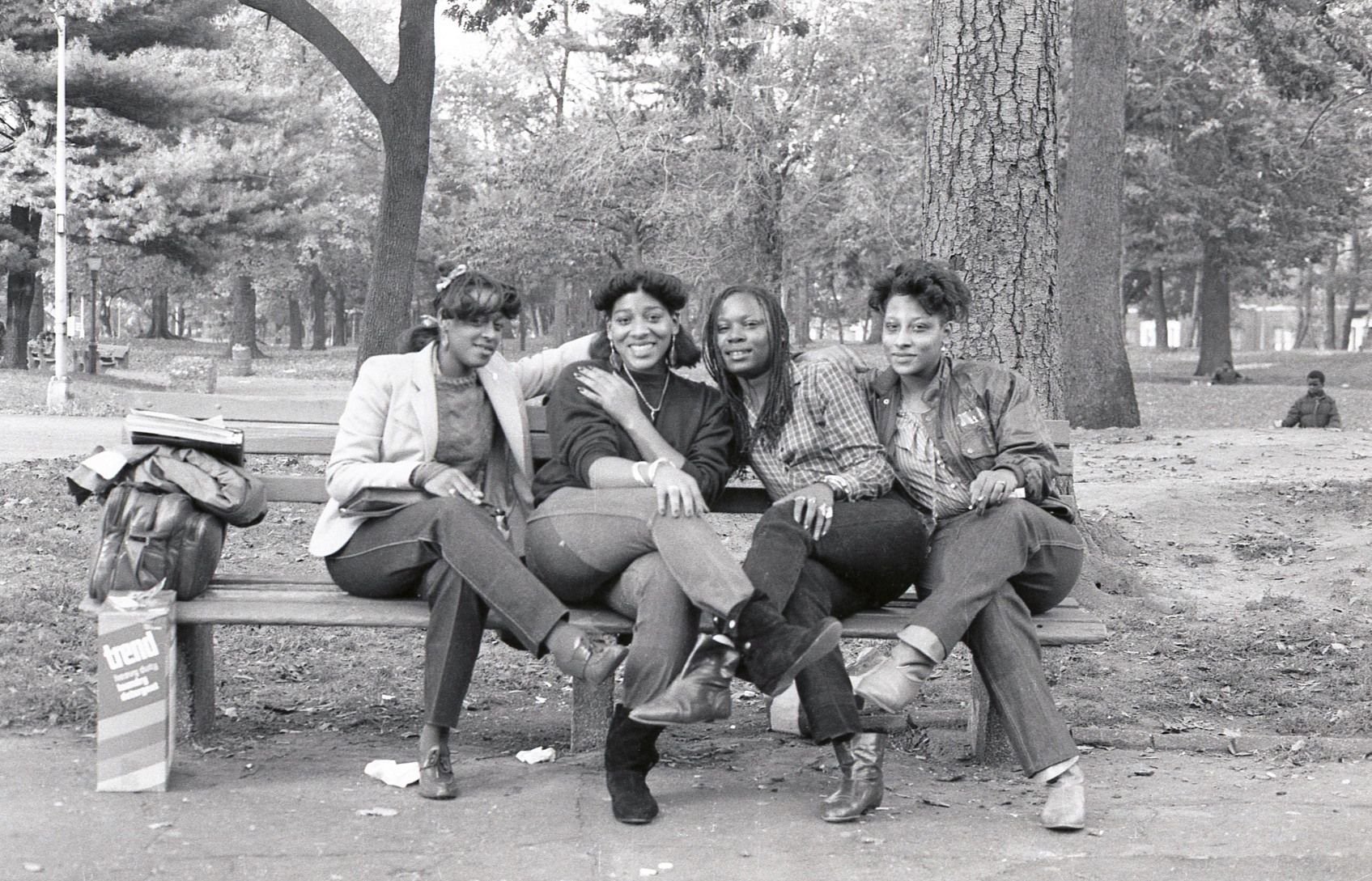
'At this point in life I don't like titles – “street photographer”, “documentary photographer”, I’m tired of all that,’ laughs Jamel Shabazz. 'I’d call myself a documentarian. I’m just recording things on my personal journey. My camera is my compass. It allows me to see things in the world that I wouldn’t see otherwise. I go with the flow, meet people and learn.'
Shabazz – a US Army veteran-turned-career prison officer, retired early to turn unofficial social worker, mentor and, yes, photographer – is looking back over the images in his new book Prospect Park, a compendium of shots he took in Brooklyn’s own answer to Central Park from 1980 to 2025. A favourite of his shows three women, seen from behind, perched together on a low tree branch: it turns out that they had been visiting that same spot every year since junior school to just sit for the day and reminisce. Shortly after the shot was taken, a hurricane took the tree.
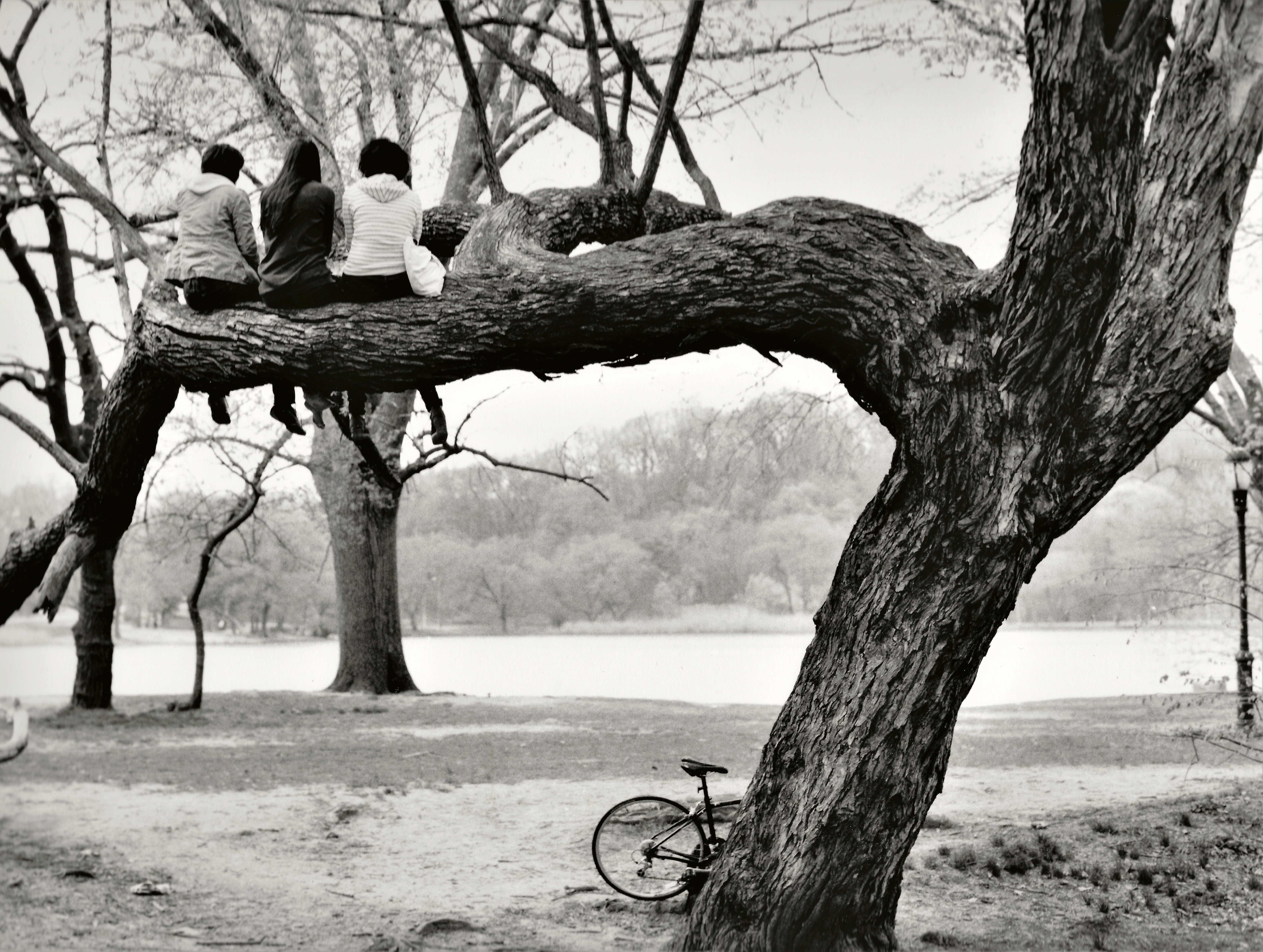
Prospect Park, 2008
'Everyone I’ve met in the park has had a story and without my camera – and the portfolio I’d carry with me, which helped show I was sincere – I wouldn’t have had those conversations,' says Shabazz. 'But life is slower in the park. People are more at peace, so they’re easier to photograph. I have vivid images of going to the park as a child, where the air is clean, where I saw a lake for the first time. It was an oasis, and when I was older, I realised I had to get back there, and kept going back there, to jog, to meditate, always with my camera. And it hasn’t changed at all. I can go there now and get the same feeling.'
The park also provided Shabazz with some relief, not least from the fact that his day job was a litany of desperation and brutality in a ceaselessly hostile environment. It was an opportunity just to talk to people and make connections, a process in ways more important than the photos that came out of it. 'It was an opportunity just to see humanity in a different space, to share my story, hear theirs, maybe be a big brother to the younger guys facing challenges in their lives,' says Shabazz. 'And everyone I met had a story [such that it] felt like there was a reason for that meeting.'
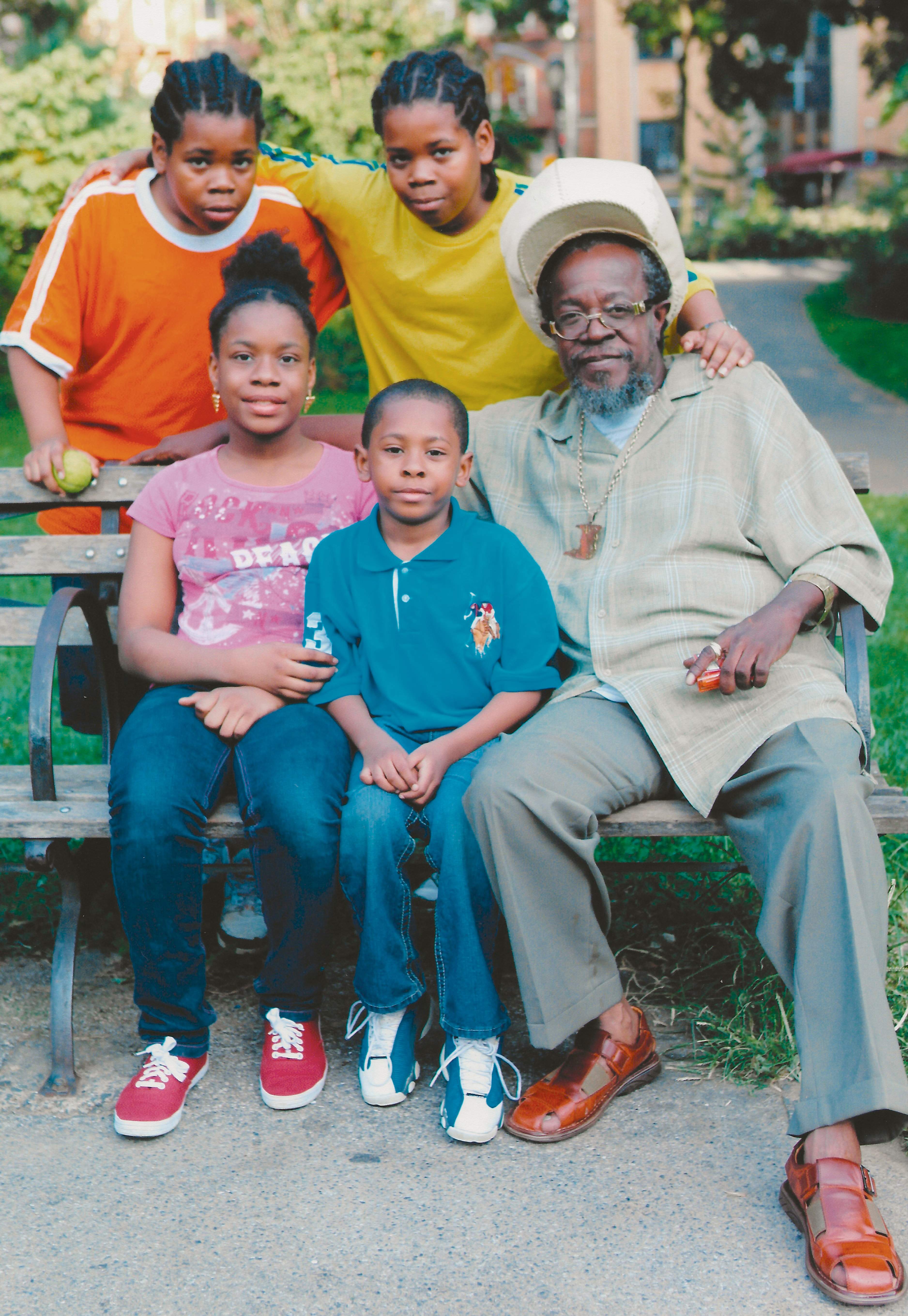
Prospect Park, 2014
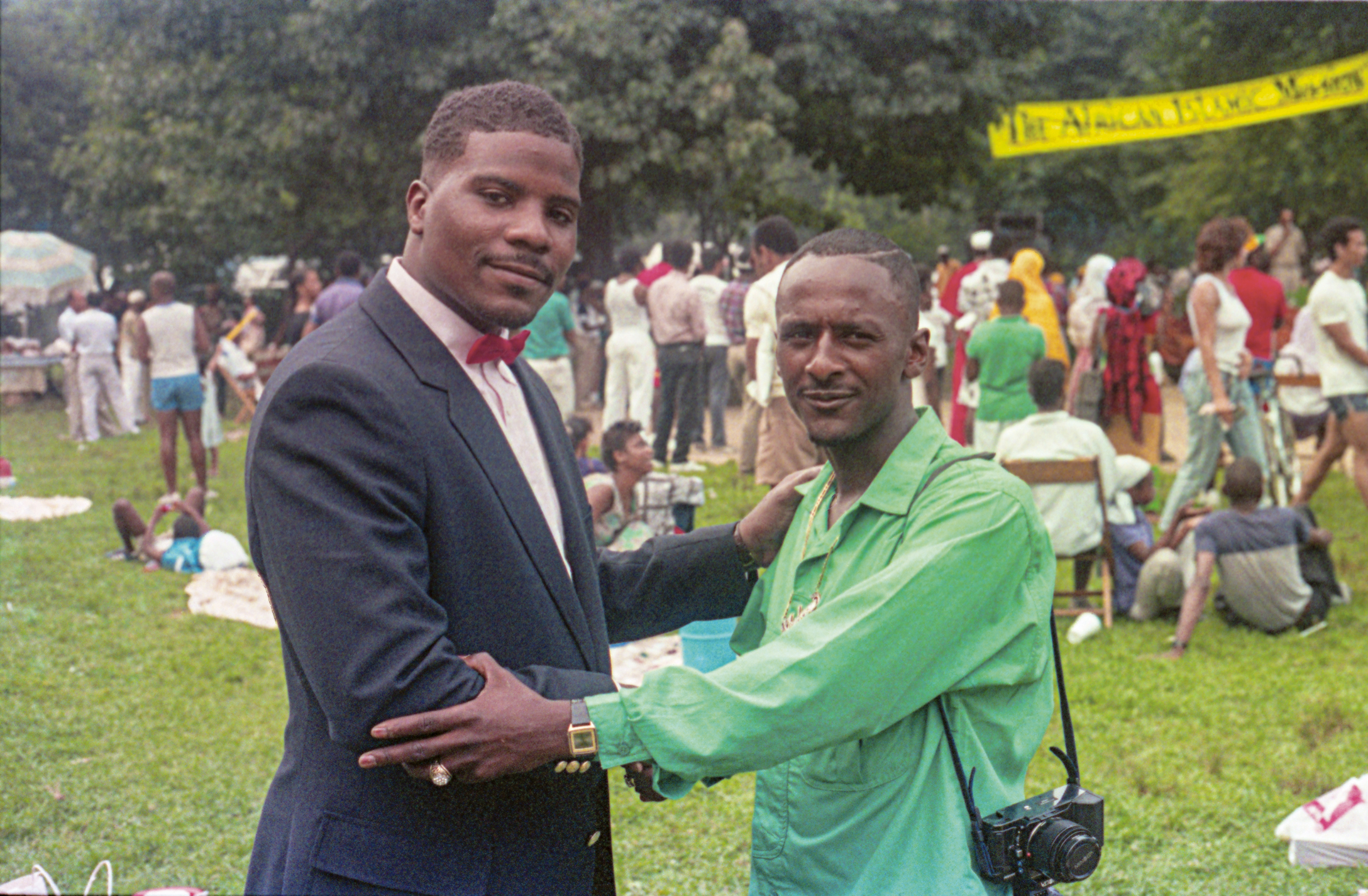
Prospect Park, 1986
Nonetheless, his Prospect Park pictures – families, couples, hobbyists, party people, dreamers, wanderers, 'a lot of love and joy' – are at the gentler end of the photographer’s work. As a child of the era of Life, National Geographic and Playboy – 'magazines that created a whole visual language and a way of seeing the world' at a time when photography was arguably a more critical medium – it was perhaps inevitable that Shabazz’s work has more often focused around harder-hitting social commentary: prostitution, race, homelessness, Aids, the crack epidemic. 'Sometimes I feel like I’ve only seen those [bleak] kinds of images,' he laments. Right now, he’s volunteering in an animal shelter and working on a project about animal welfare.
'I have a profound love of dogs, and the dog I was raised with was the greatest gift I ever had besides a camera. Actually, I’m getting a little tired of humans right now with everything going on, with all the hatred,' says Shabazz. 'But my father [an official US Army photographer] taught me always to have themes, so when I go out of the door I have at least ten in my mind. My eyes are open, my camera locked and loaded and I’m ready to observe.'
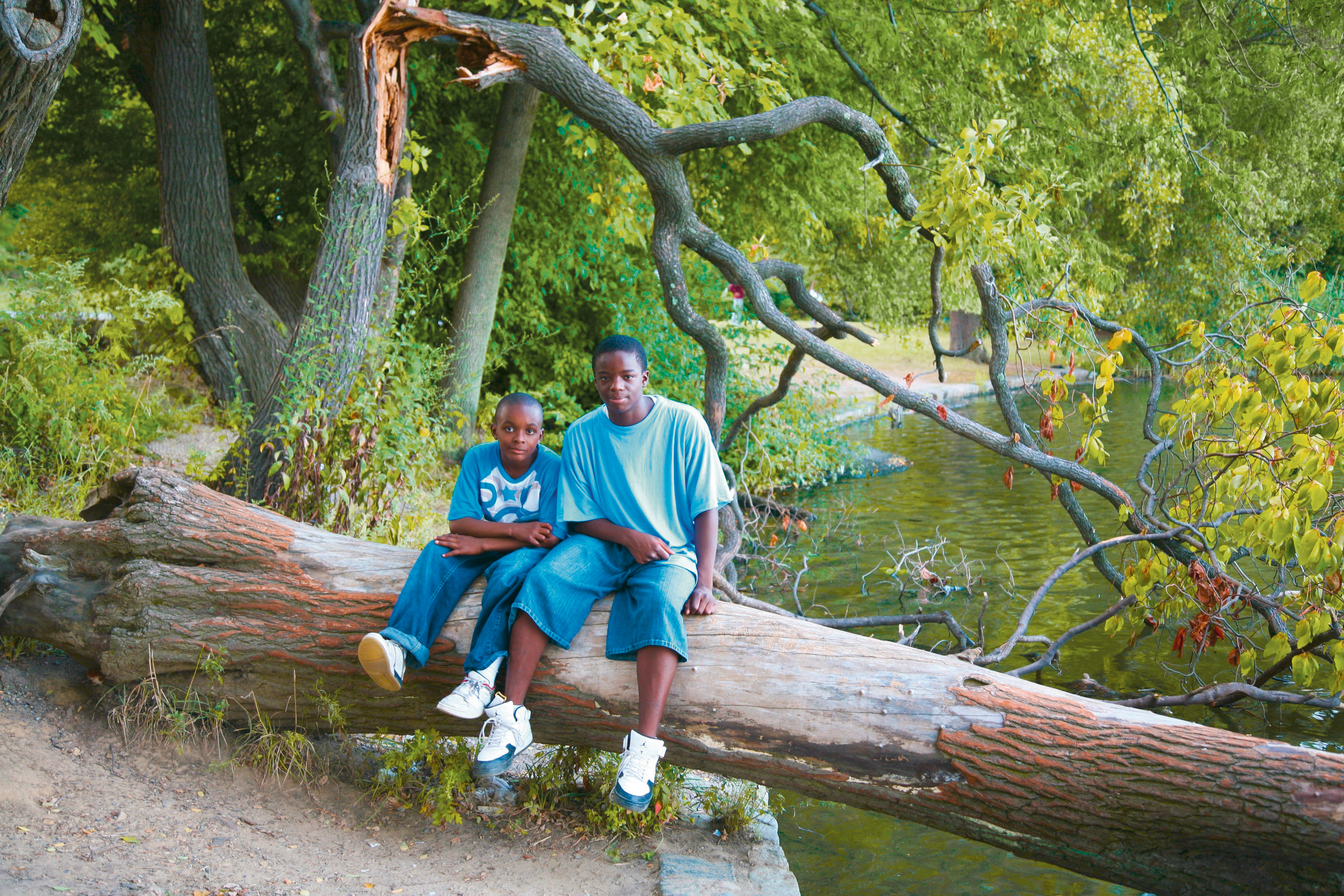
Prospect Park, 2014
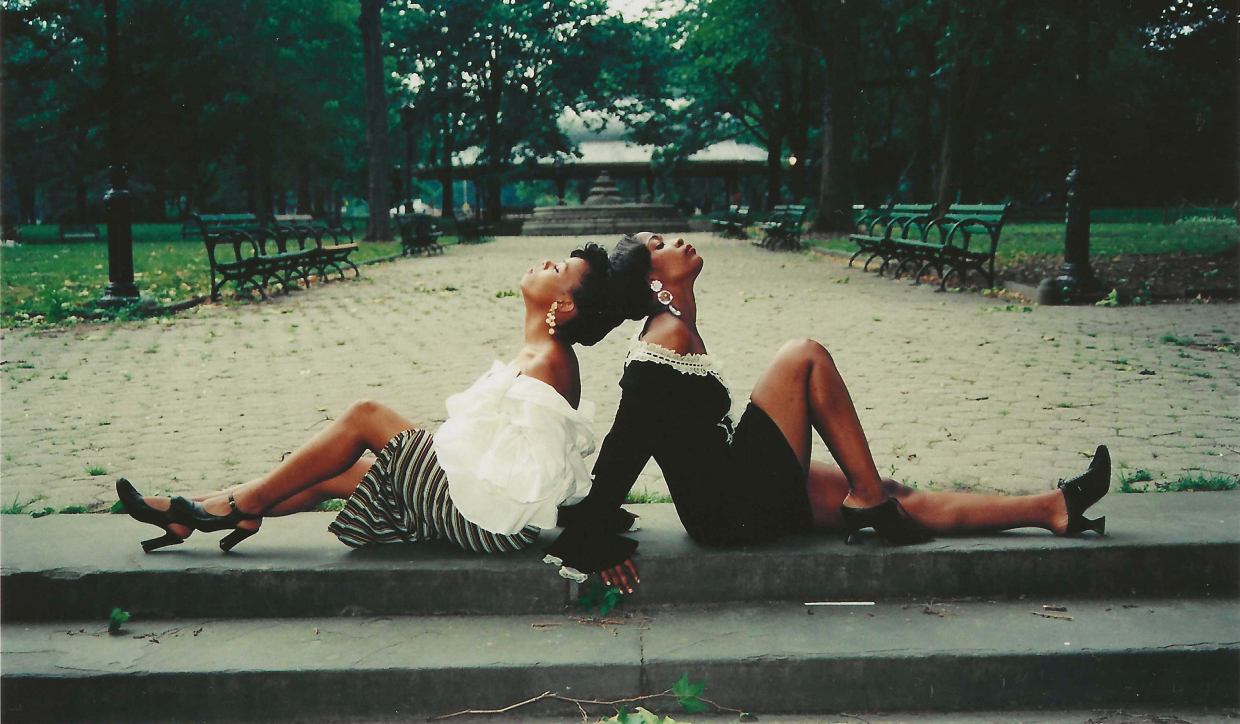
Prospect Park, 1995
Shabazz says that his decades of shooting Prospect Park photographs were not only a relief from the gloom; today he loves social media, he says, 'because those incredible images feed my mind, but they also cause a lot of pain to see how bad things are too'. The park photographs were also an attempt to provide a counter-narrative. Look, they seem to say, we’re more alike than you imagine. We can get on with grace and good humour. We can have empathy. 'It’s not an escape [from the realities of life],' Shabazz insists, 'but a balance. Prospect Park has been a medicine for me too.'
Receive our daily digest of inspiration, escapism and design stories from around the world direct to your inbox.
Prospect Park Photographs of a Brooklyn Oasis, 1980 to 2025 By Jamel Shabazz with contributions by Laylah Amatullah Barrayn, Richard E. Green, and Noelle Théard © 2025 Prestel Verlag, Munich · London · New York
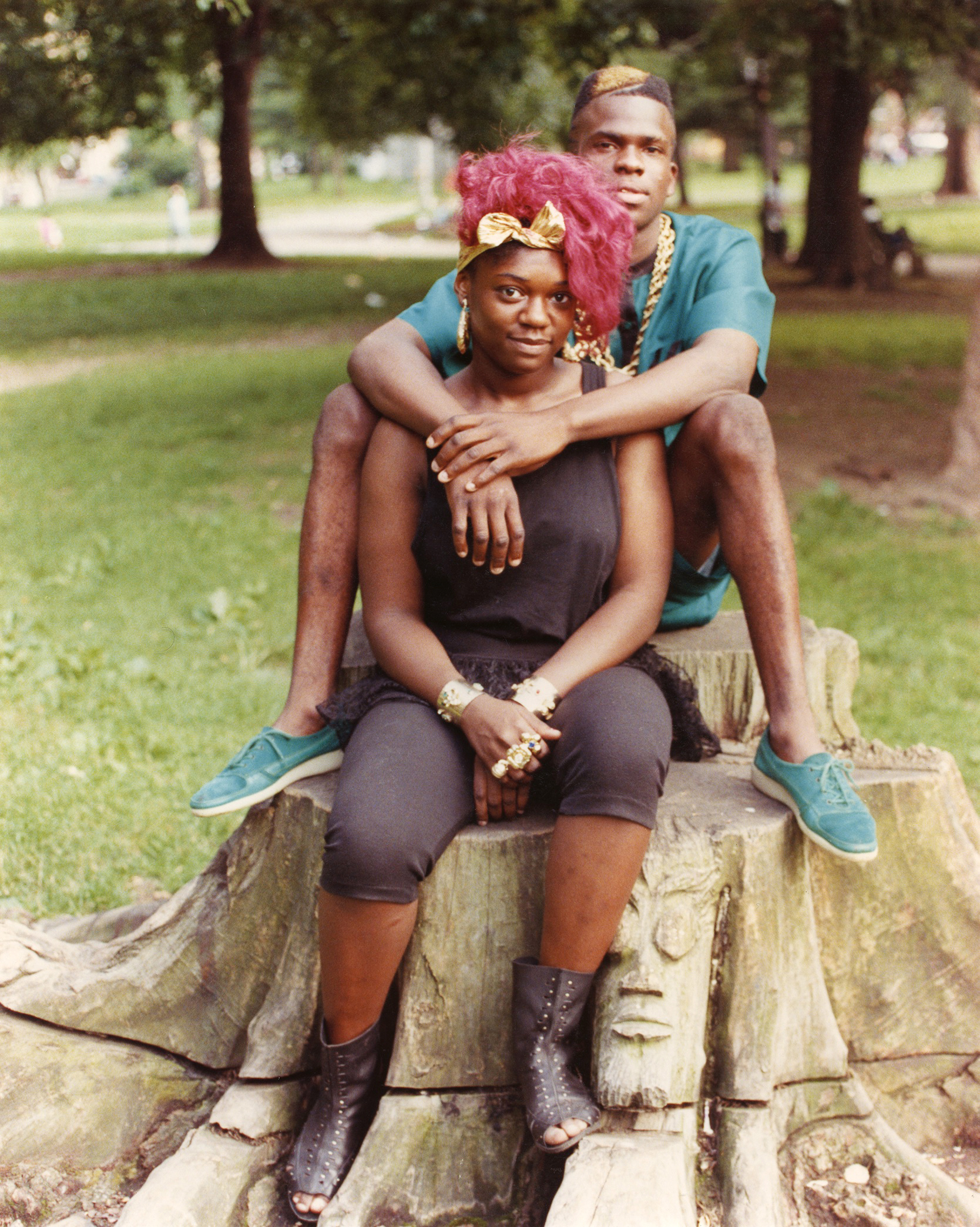
Prospect Park, 1988
Josh Sims is a journalist contributing to the likes of The Times, Esquire and the BBC. He's the author of many books on style, including Retro Watches (Thames & Hudson).
-
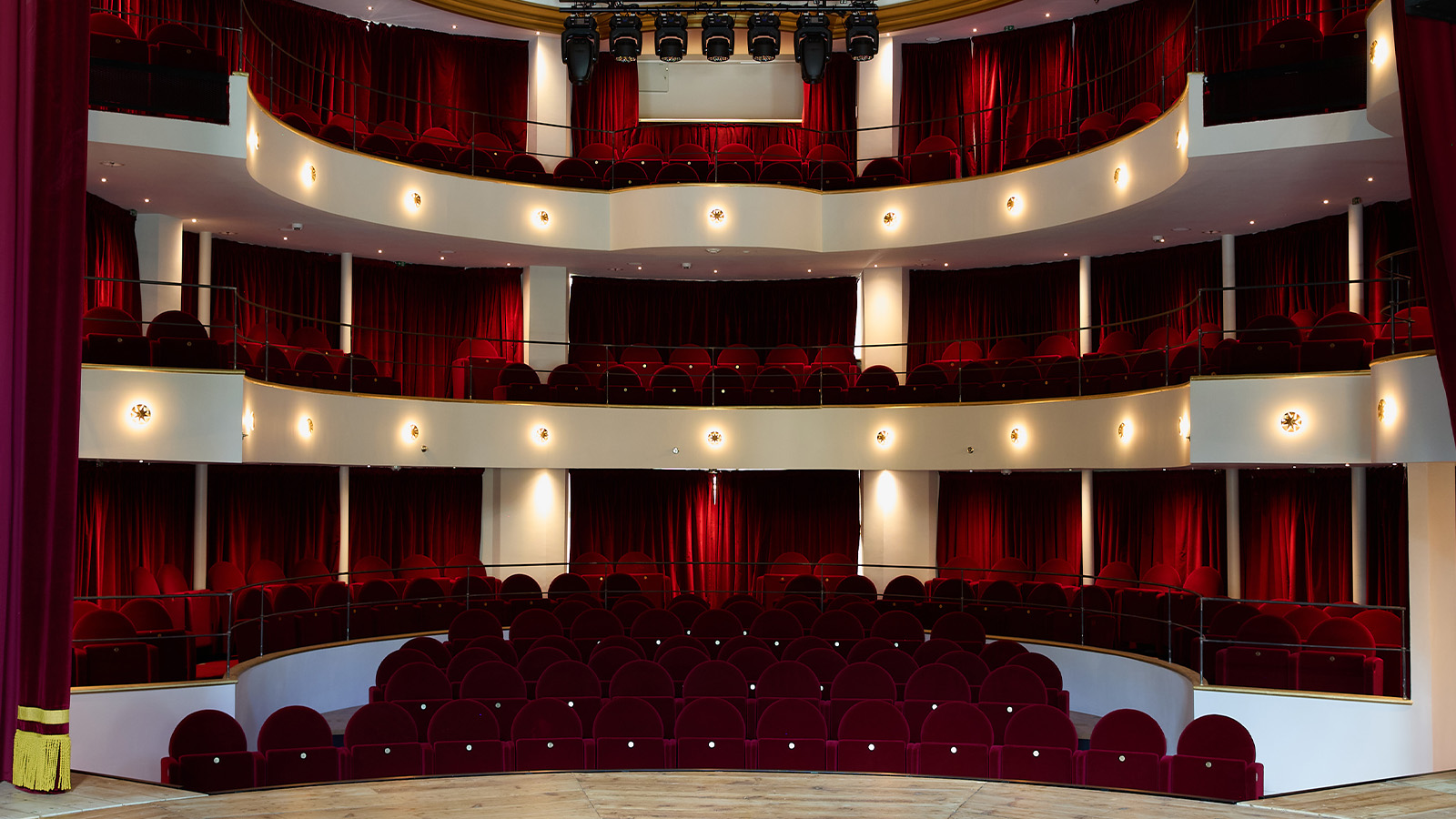 A restored 1950s Rome theatre raises its curtain in collaboration with Poltrona Frau
A restored 1950s Rome theatre raises its curtain in collaboration with Poltrona FrauTeatro della Cometa was given a refresh by architect Fabio Tudisco, with new seating by Poltrona Frau to accommodate contemporary viewing
-
 Apple Watch Ultra 3 has innovation at its heart – a 3D-printed titanium case
Apple Watch Ultra 3 has innovation at its heart – a 3D-printed titanium caseWe delve into Apple’s pioneering use of 3D-printed metal, and how it ties in with the company’s path to carbon neutrality
-
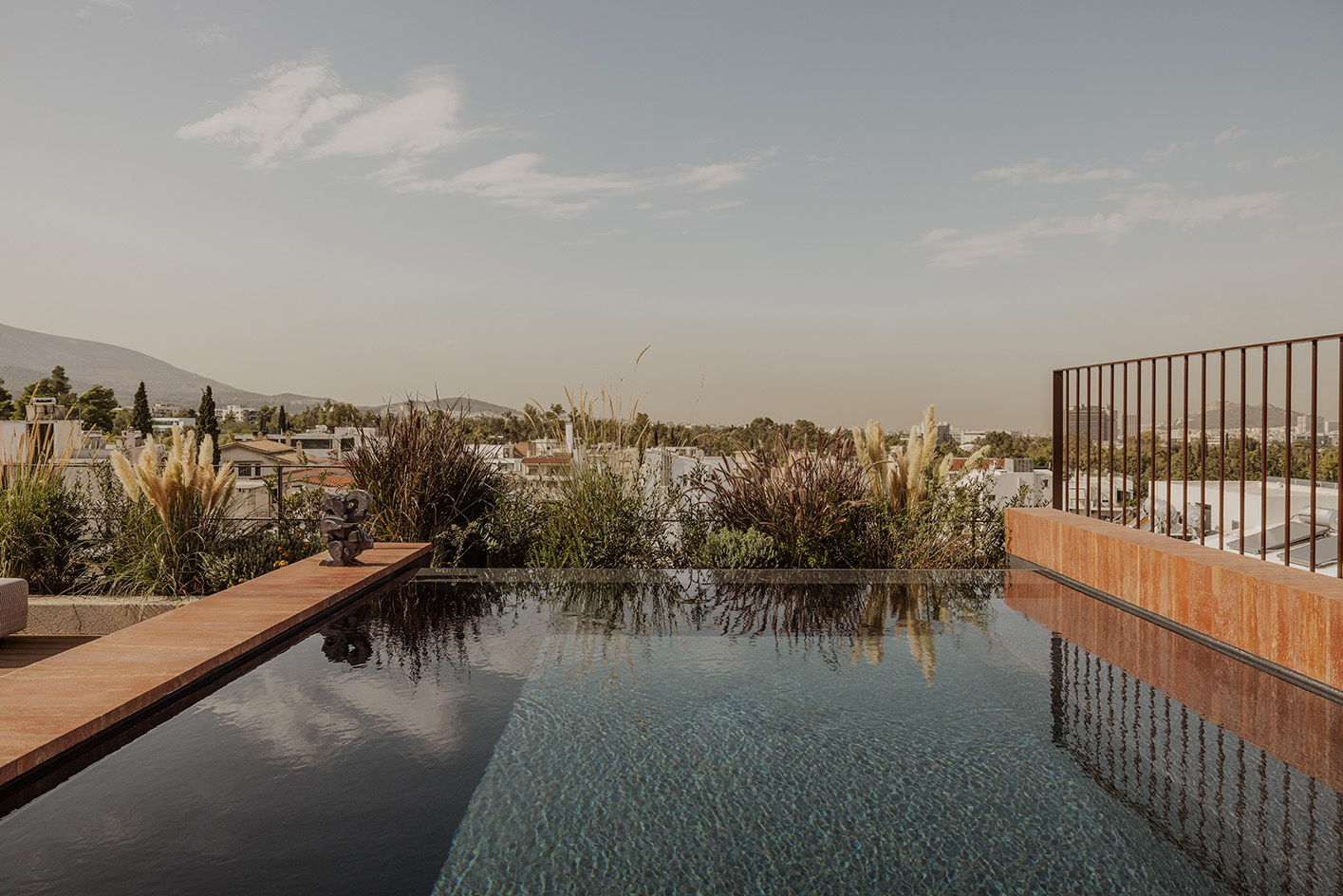 Tour an Athens penthouse – its designers’ own ‘house in the sky’
Tour an Athens penthouse – its designers’ own ‘house in the sky’This penthouse by Block722 is the architecture studio founders' own home and shows off impeccable detailing and dreamy, airy vibes
-
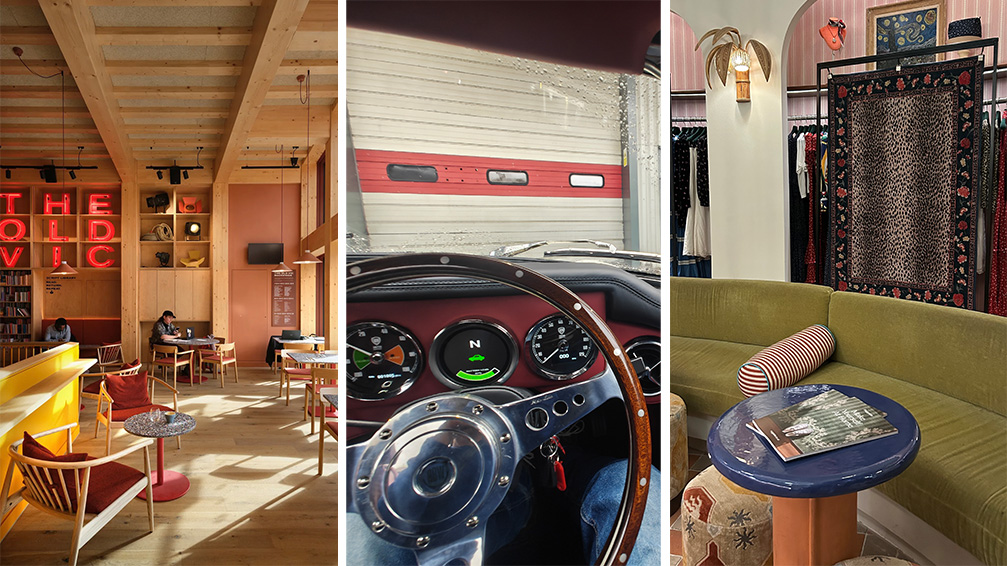 Out of office: The Wallpaper* editors’ picks of the week
Out of office: The Wallpaper* editors’ picks of the weekThe rain is falling, the nights are closing in, and it’s still a bit too early to get excited for Christmas, but this week, the Wallpaper* team brought warmth to the gloom with cosy interiors, good books, and a Hebridean dram
-
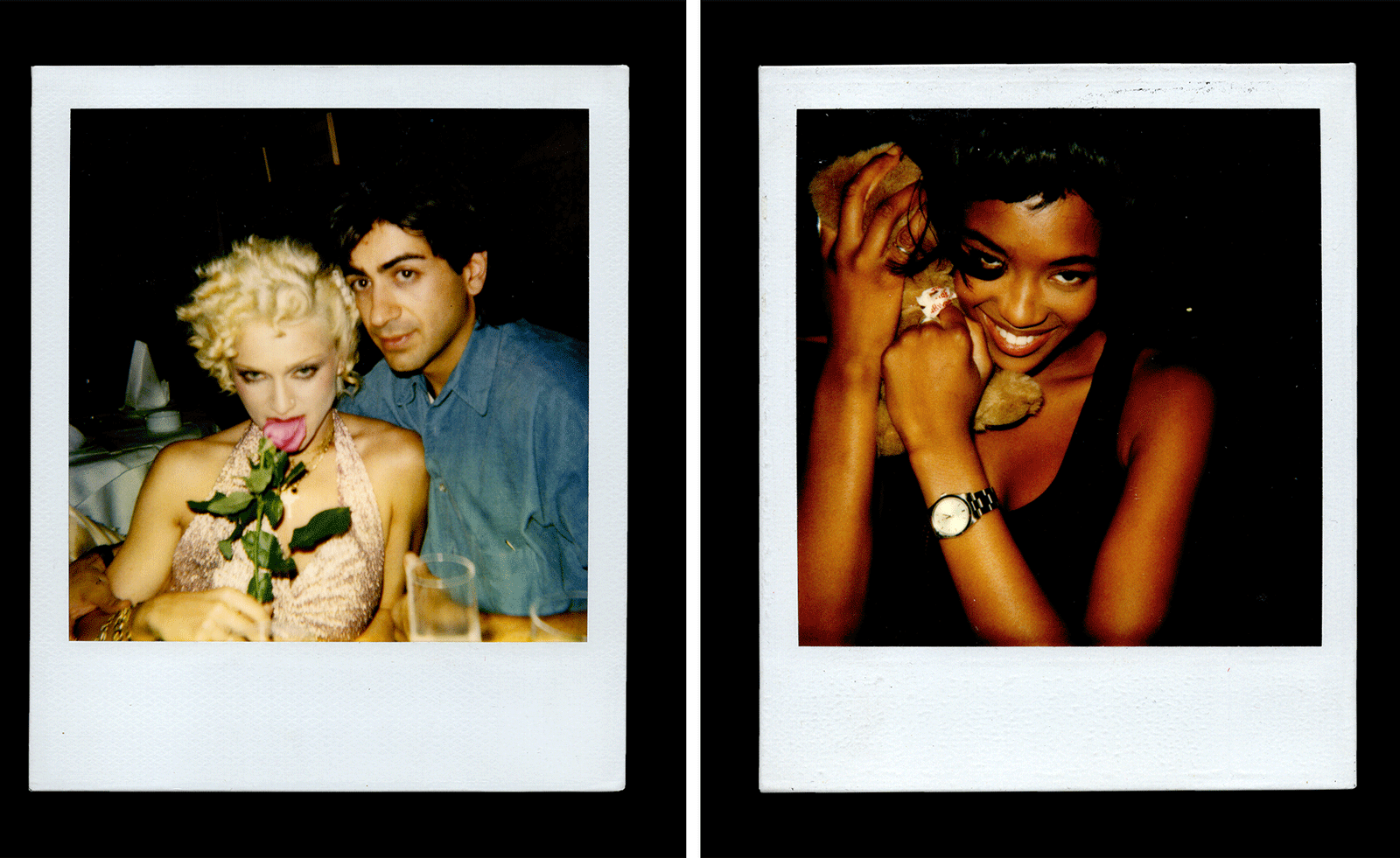 Inside Davé, Polaroids from a little-known Paris hotspot where the A-list played
Inside Davé, Polaroids from a little-known Paris hotspot where the A-list playedChinese restaurant Davé drew in A-list celebrities for three decades. What happened behind closed doors? A new book of Polaroids looks back
-
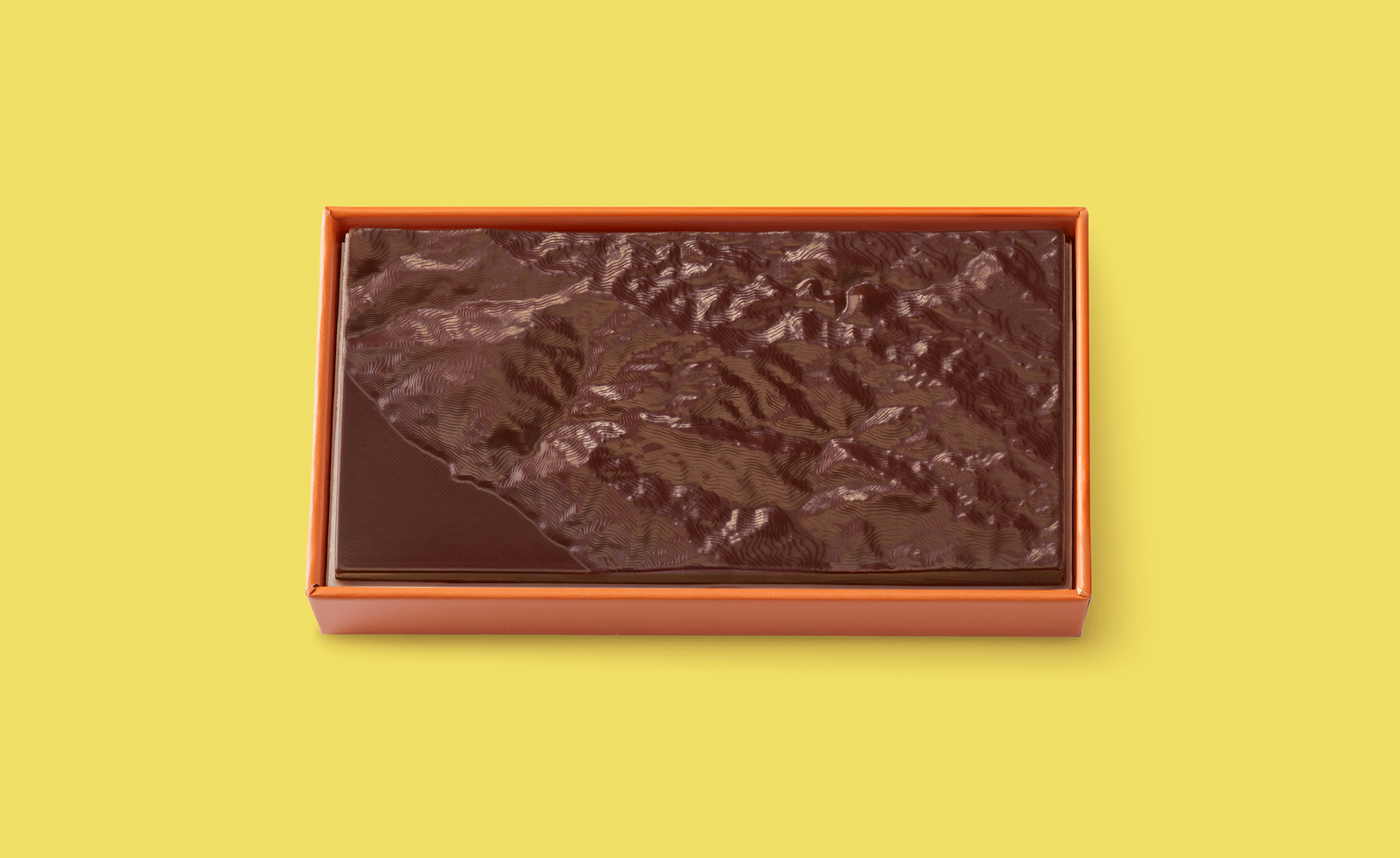 Ed Ruscha’s foray into chocolate is sweet, smart and very American
Ed Ruscha’s foray into chocolate is sweet, smart and very AmericanArt and chocolate combine deliciously in ‘Made in California’, a project from the artist with andSons Chocolatiers
-
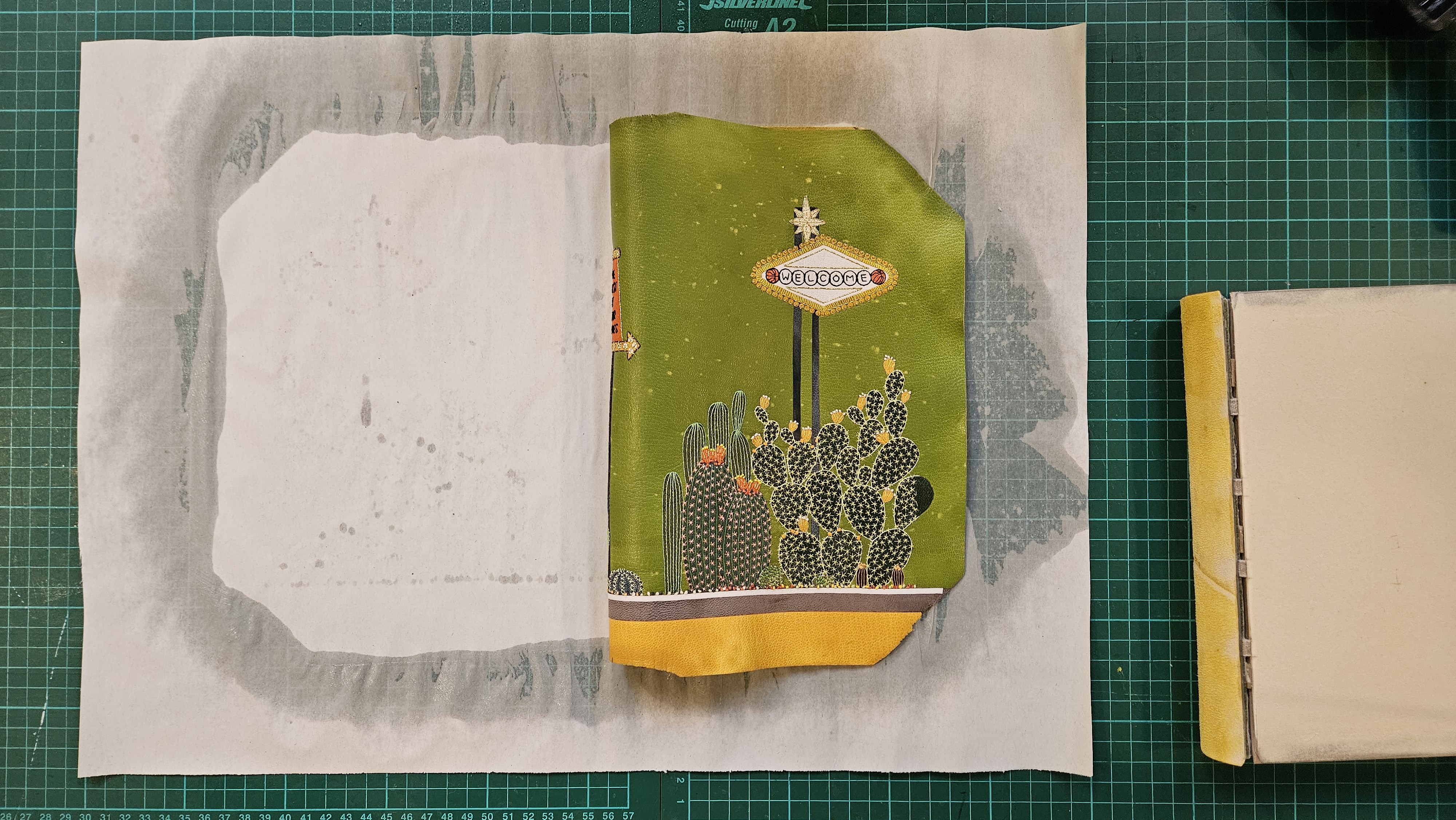 Inside the process of creating the one-of-a-kind book edition gifted to the Booker Prize shortlisted authors
Inside the process of creating the one-of-a-kind book edition gifted to the Booker Prize shortlisted authorsFor over 30 years each work on the Booker Prize shortlist are assigned an artisan bookbinder to produce a one-off edition for the author. We meet one of the artists behind this year’s creations
-
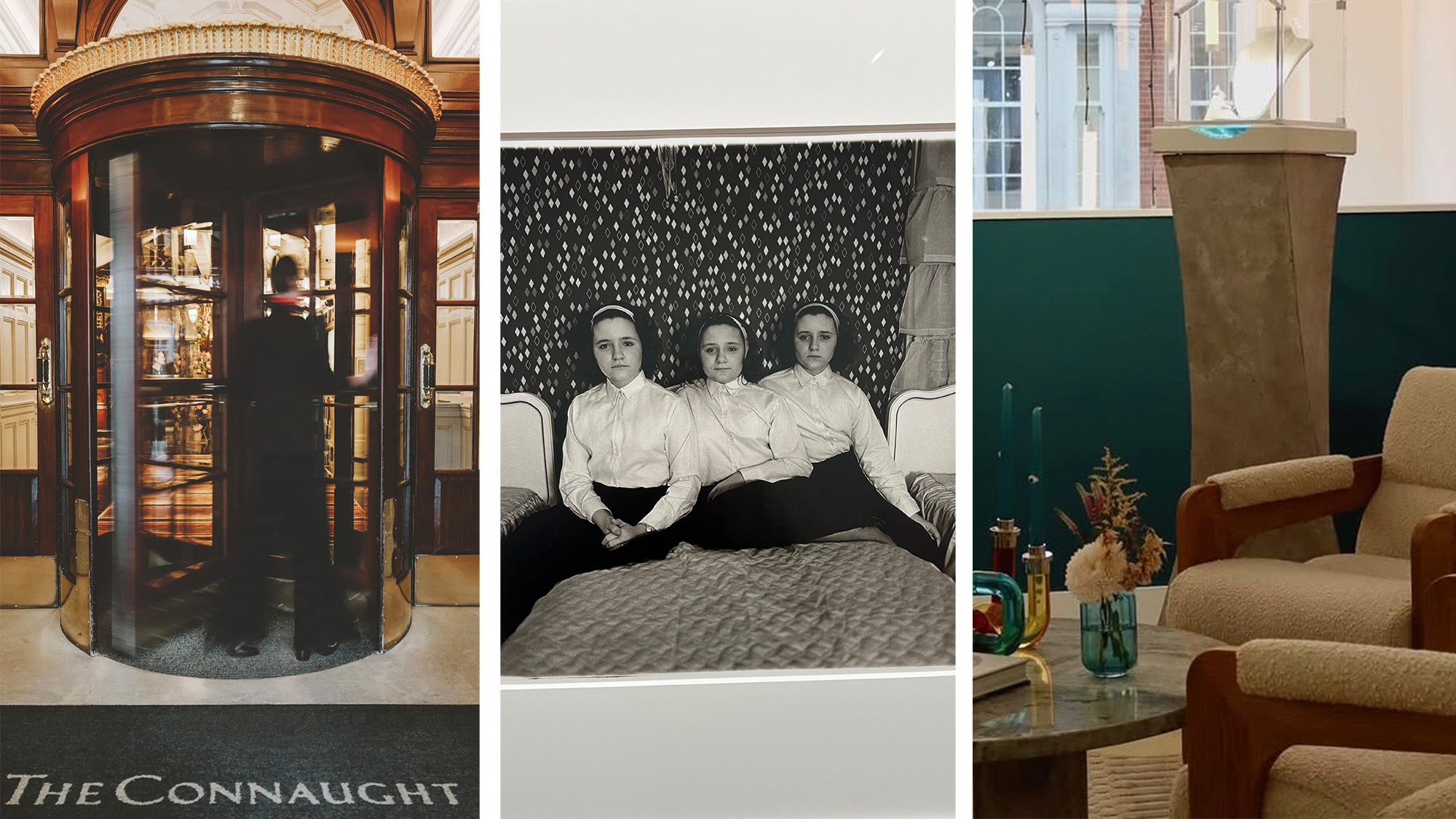 Out of office: The Wallpaper* editors’ picks of the week
Out of office: The Wallpaper* editors’ picks of the weekThis week, the Wallpaper* editors curated a diverse mix of experiences, from meeting diamond entrepreneurs and exploring perfume exhibitions to indulging in the the spectacle of a Middle Eastern Christmas
-
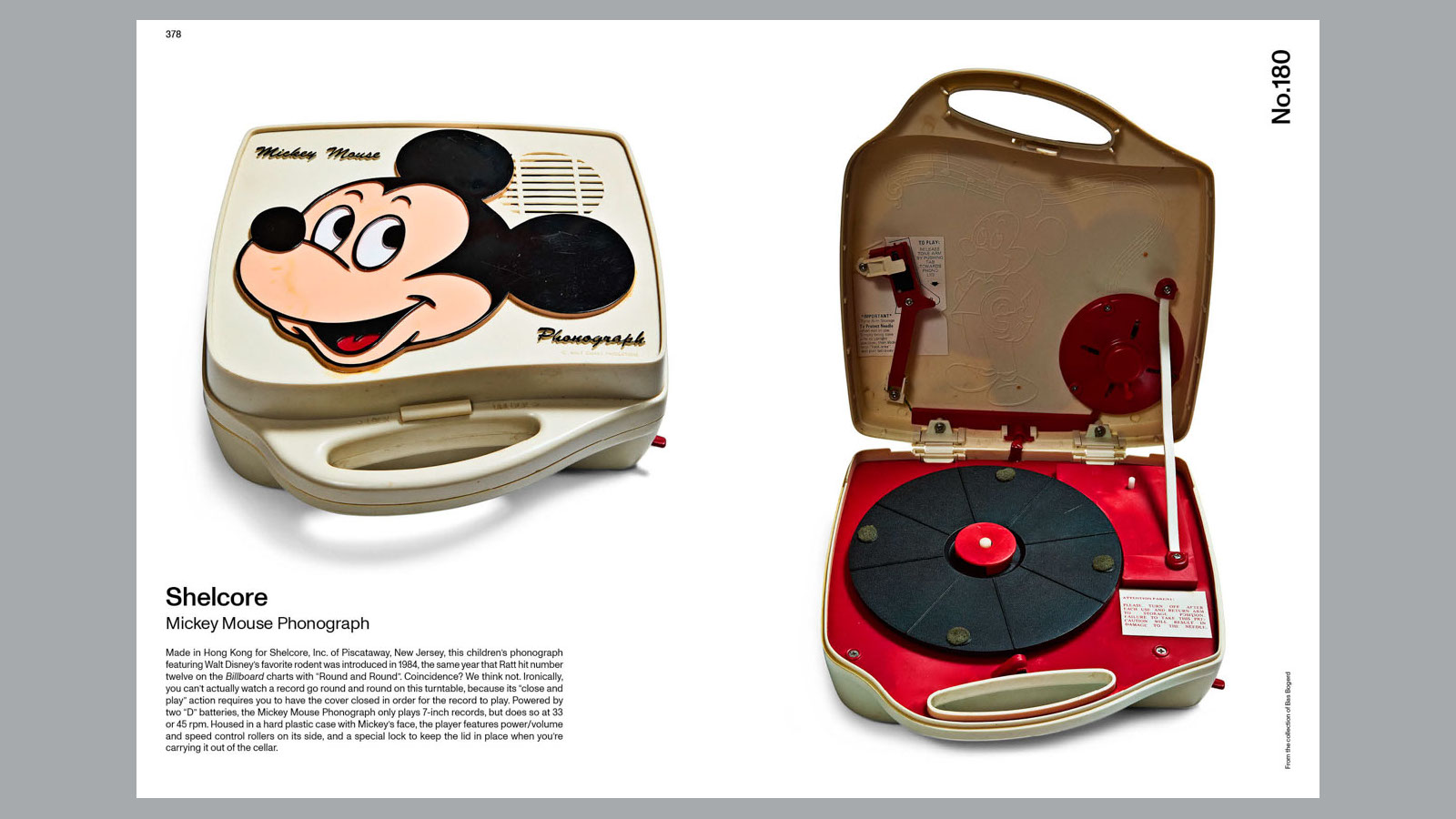 14 of the best new books for music buffs
14 of the best new books for music buffsFrom music-making tech to NME cover stars, portable turntables and the story behind industry legends – new books about the culture and craft of recorded sound
-
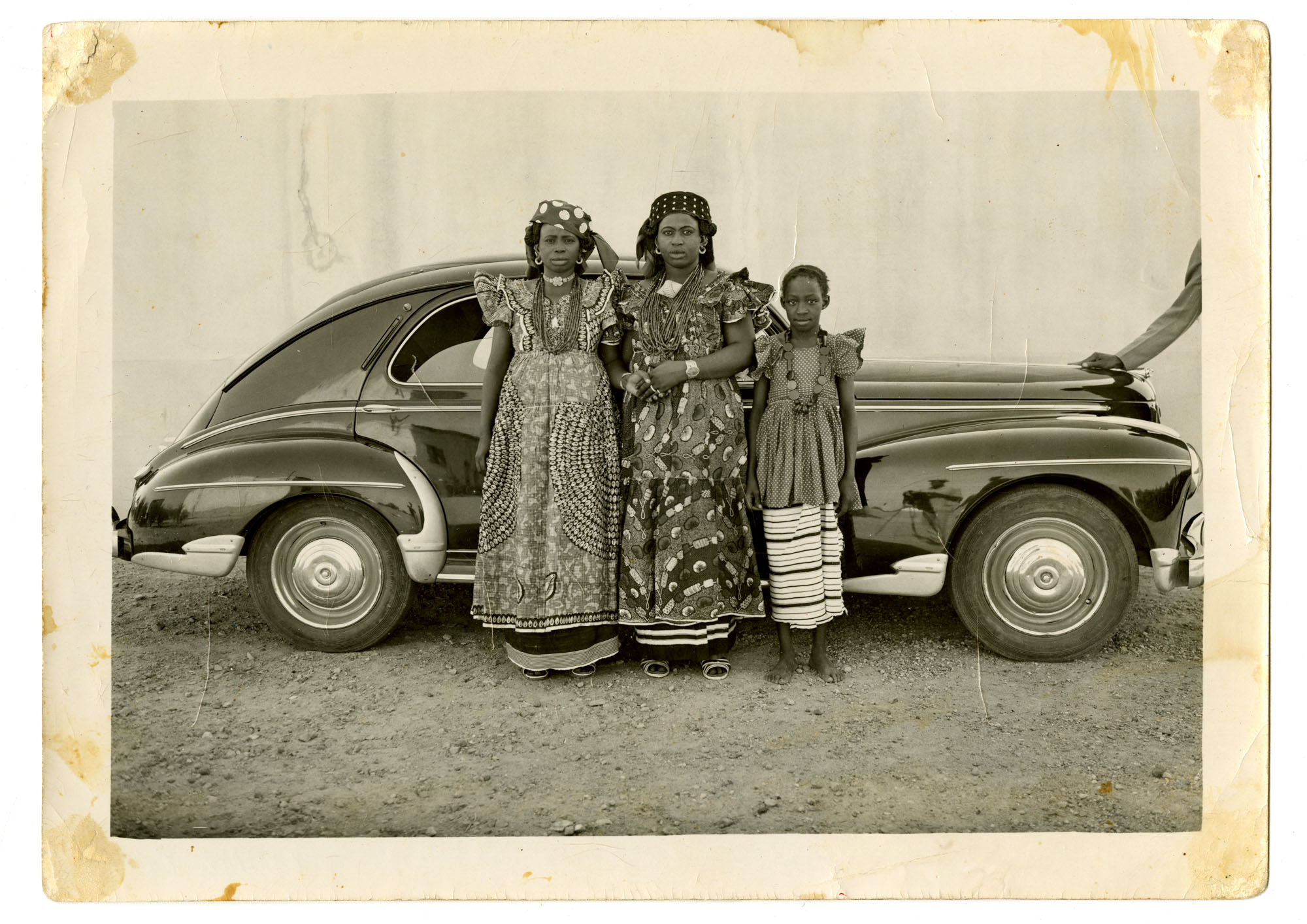 Inside the work of photographer Seydou Keïta, who captured portraits across West Africa
Inside the work of photographer Seydou Keïta, who captured portraits across West Africa‘Seydou Keïta: A Tactile Lens’, an exhibition at the Brooklyn Museum, New York, celebrates the 20th-century photographer
-
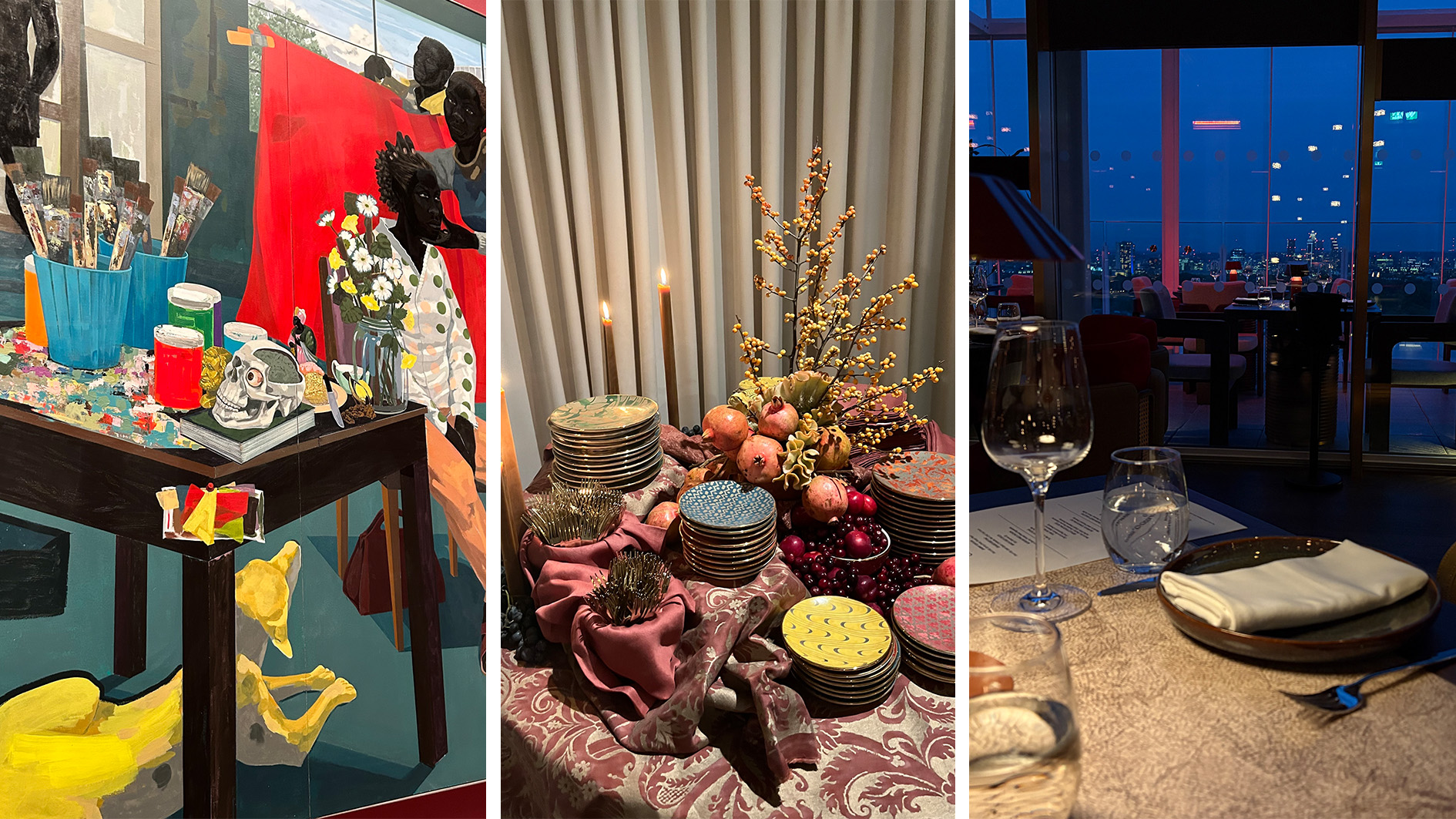 Out of office: The Wallpaper* editors’ picks of the week
Out of office: The Wallpaper* editors’ picks of the weekFrom sumo wrestling to Singaporean fare, medieval manuscripts to magnetic exhibitions, the Wallpaper* team have traversed the length and breadth of culture in the capital this week
